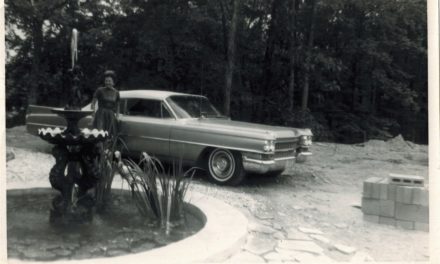Elements of Geothermal Systems
The basic elements of geothermal heating and cooling system are the heat pump and ground loop connecting shallow high-density polyethylene pipes circulating antifreeze underground. The ground becomes a reservoir for energy. A geothermal system takes heat energy from the ground to heat homes in the winter, and collects heat energy from homes and transfers it in the ground during the summer. The heat pump removes heat from the fluid in the pipes. It concentrates the heat then transfers it to the building. This process is reversed for cooling in the summer. In simple terms, it directs water with environmentally friendly antifreeze in 2 directions. One for heating and the other for cooling. This eliminates the need for using both furnace and air-conditioning systems. The hot water heater also benefits from geothermal systems by receiving hot water (mostly during summer months) through a transfer device (desuperheater) instead of transferring it from the house to the ground.
This Department of Energy video titled: Energy 101: Geothermal Heat Pump discusses the benefits of geothermal and the science behind how it works.
Facts About Geothermal Systems
The following statements are from the United States Environmental Protection Agency:
(1) Geothermal systems represent a savings to homeowners of 30 to 70% in the heating mode, and 20 to 50% in the cooling mode, compared to conventional systems.
(2) Geothermal systems are quiet, last longer, need little maintenance, and do not produce emissions. The inside components of a geothermal system can last decades, while the ground loop can remain in service for generations.
(3) Geothermal heat pumps can reach high levels of efficiency, 300% to 500%, on the coldest winter nights compared to 175% to 210% for air-source heat pumps on cool days.
(4) Energy surveys reported 95% of all geothermal system owners would recommend it to friends.
(5) Geothermal units have no chemical byproducts like gas furnaces which can produce leaks and carbon monoxide poisoning.
(6) Geothermal heating, ventilating, and air-conditioning (HVAC) systems use only one unit of electricity to move up to 5 units of cooling or heating from the earth to a home.
(7) Geothermal systems are the most energy efficient, cost efficient, and environmentally friendly comfort systems available.
(8) The Energy Improvement and Extension Act of 2008 allows homeowners to claim 30% of qualified expenditures for the complete cost of installing a geothermal system for 5 years. This credit also applies to homes which do not qualify as a principal residence. This tax credit expires after December 31, 2016. If the credit exceeds tax liability, a loss can be carried forward for i year.
This DTE Energy (NYSE: DYE) video titled: Geothermal Energy discusses how geothermal energy works, different designs, and its benefits.
Geothermal Heating and Cooling Systems in Stafford County, Virginia
It is rare to find geothermal heating and cooling systems in Stafford County. The custom built home at 145 Lake Forest Drive uses a vertical loop system with 6 vertical vertical shafts. A Trane 6 ton, 3 zone geothermal heat pump controls the heating and cooling which includes an insulated attic (including the roof) over the main section of the house. The heat pump was installed on April 25, 2014.
The Trane EnviroWse Geothermal heat pump with Honeywell UV100E Ultraviolet System, and QT Two-Pump Flow Center in 145 Lake Forest Drive Fredericksburg, Virginia in Stafford County. This is a closed vertical loop system supporting with six holes, each 150 feet deep using three-quarter inch transfer lines.
This is a Bradford White Defender Series hot water heater receiving supplemental hot water from a geothermal heat pump at 145 Lake Forest Dr. Fredericksburg, Virginia. During summer months the geothermal heat pump supplies almost 100% of hot water used in this home. During winter months about 30% of all hot water is supplemented from the geothermal system.
This Structural Insulated Panel Association video titled Structural Insulated Panels Overview discusses the advantages of building a home with factory made foam insulated panels compared to homes built using conventional methods.
This is a Long & Foster Realtors slideshow presentation of 145 Lake Forest Drive Fredericksburg, Virginia 22406 in Stafford County.
Lake Abel Reservoir
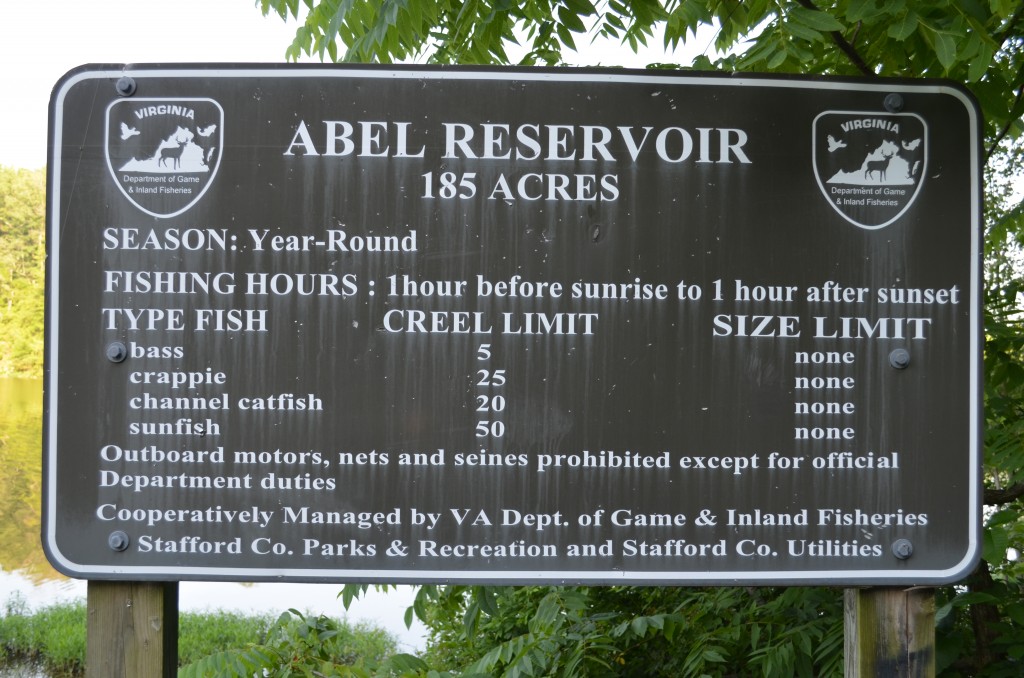
This Virginia Department of Game & Inland Fisheries sign at Abel Reservoir in Stafford County provides catch limits and other fishing rules at Abel Reservoir. The boat launch is 1 mile from this home.
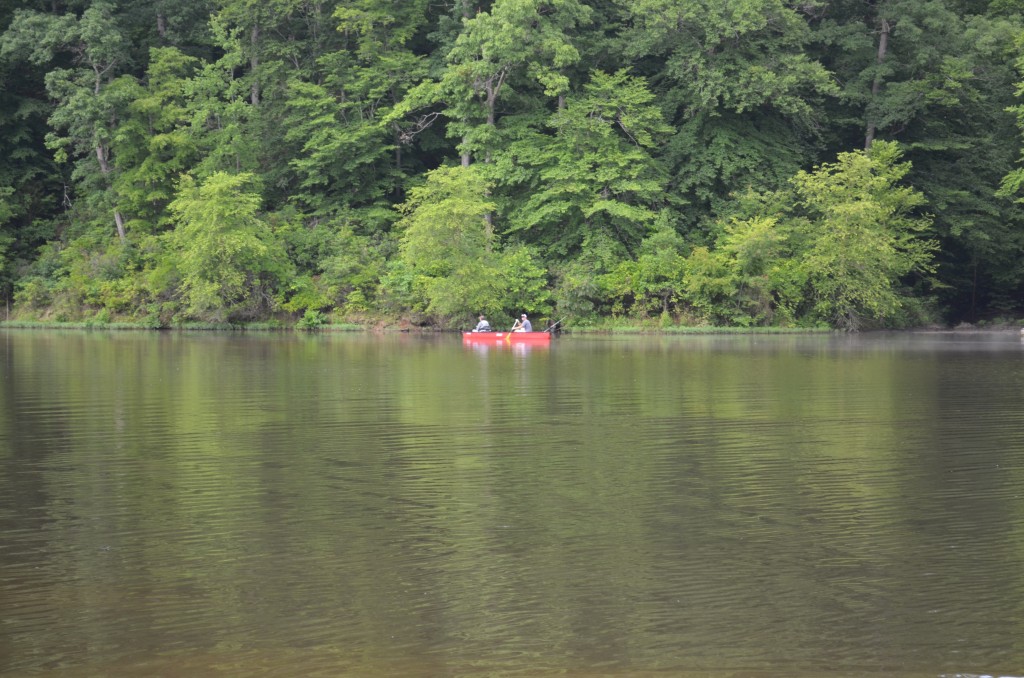
Fishing is a popular recreation at Lake Abel in Stafford County. Common species include bass, crappie, catfish, and sunfish.
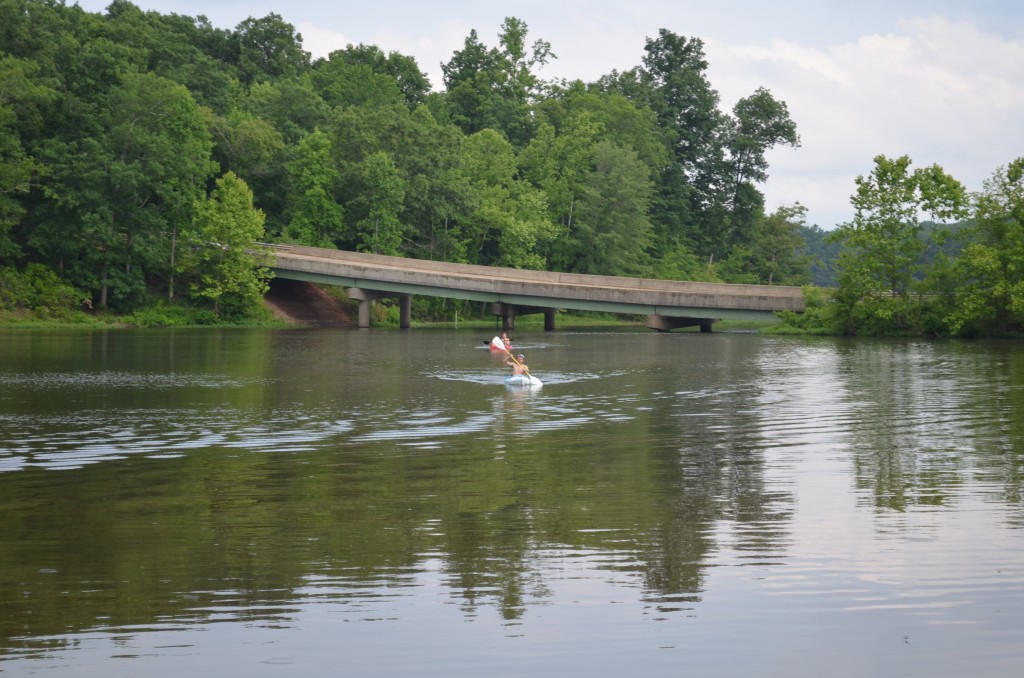
Abel Lake offers Stafford County residents a venue for kayaking, canoeing, and fishing. The bridge in the background is Kellogg Mill Road (Route 651).
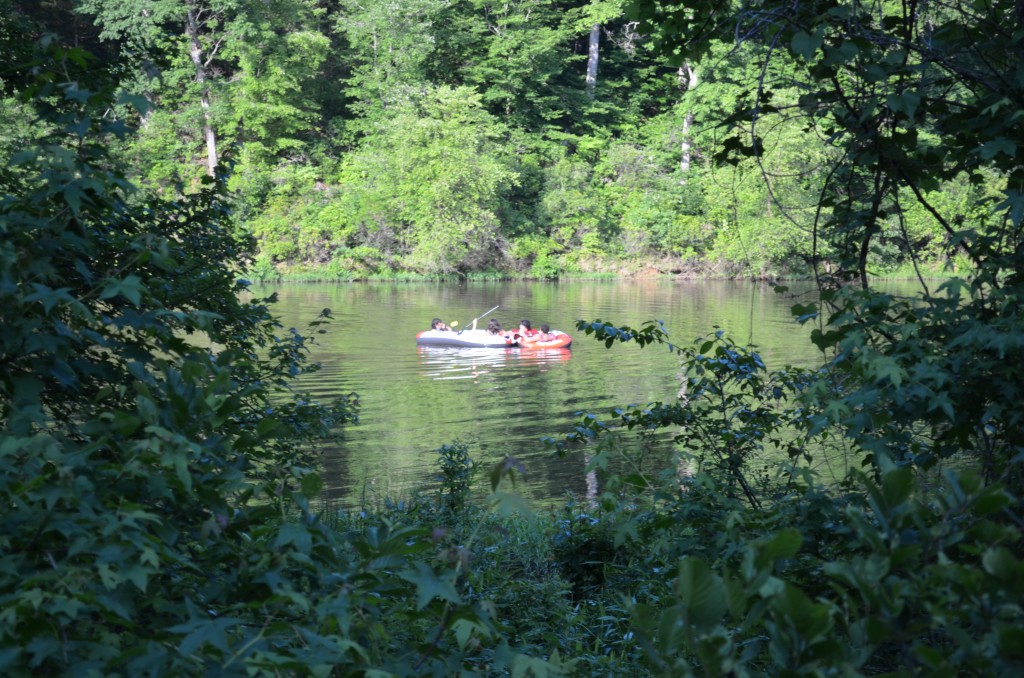
Warm weather (June 16, 2014) scene on Abel Lake in Stafford County.
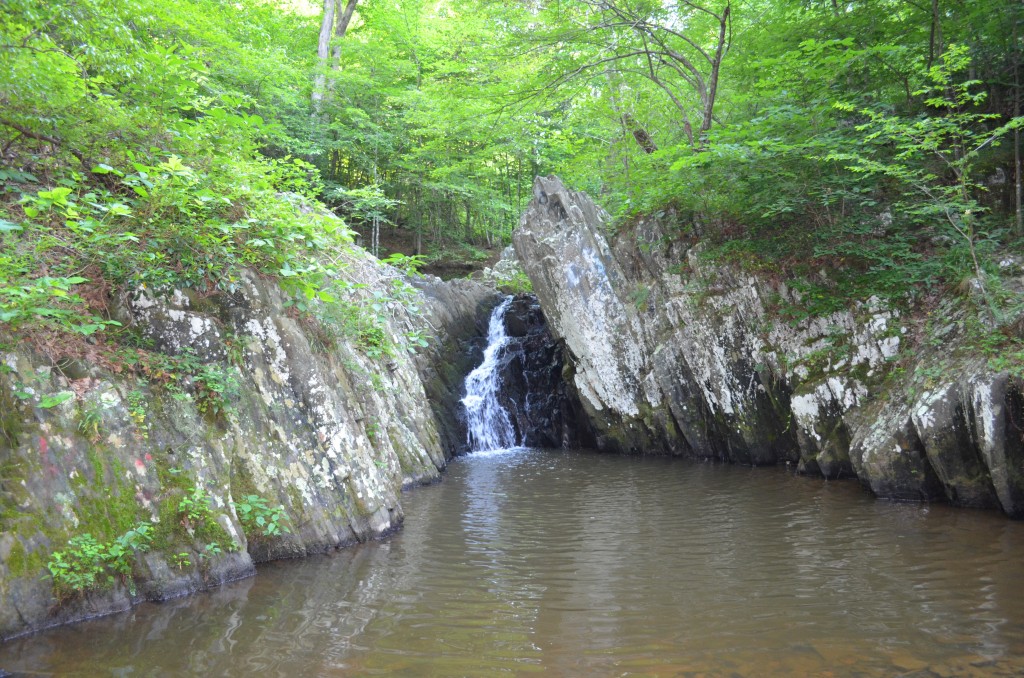
This waterfall was created by quarry operations at Abel Lake. It is a 10 minute walk from the boat launch at Kellogg Mill Road (Route 651).
Click here for complete photographs and details for this home. We have yet to tour a more well built home as real estate agents. It would be be impossible to duplicate this home for the sales price. This home is a bargain at $649,900. Contact us for showings and further details.
